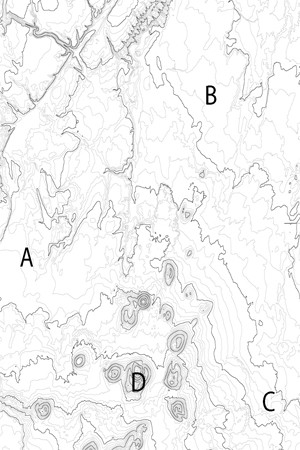The tropospheric lapse rate (the rate at which temperature decreases with altitude) is approximately 6 oC (11 oF) per kilometer
Given that the mean surface temperature of Earth is 288K and the effective radiating temperature is 225K, from what altitude does most of the emitted radiation derive? How and when did the atmosphere and ocean form? Which gases are thought to have been present in the early atmosphere?
What will be an ideal response?
Given:
Troposheric lapse rate: 6 oC/km
Mean surface temperature of Earth: 288 K
Effective radiating temperature: 255 K
288 – 255 = 33 oC
33 oC / 6 oC/km = 5.5 km
You might also like to view...
What is the term describing an increase in concentration of toxic substances in organisms at increasing trophic levels
A. Biomagnifcation B. Primary Productivity C. Predation D. Bioremediation
Assume you live in an urban setting and an inversion is present. Which of these best describes the visibility in your area if the inversion remains for 2 or 3 days?
A) Visibility improves slightly. B) Visibility gets steadily worse. C) Visibility improves greatly. D) little or no change
The most logical place to build a soccer or football field on the following map would be at
A. A. B. B. C. C. D. D.
Isostasy refers to the recognition that the ________ floats on the denser mantle
A) inner core B) outer core C) aluminum D) crust E) atmosphere